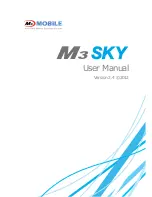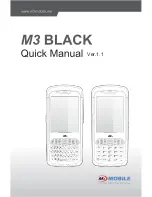
87
•
<handle>:
indicates a numeric label you have assigned to a file you are opening. You can
open up to 9 files, using the handles 1-9.
•
<label>:
indicates a script label.
•
<command>:
indicates a scripting language command.
•
<exp>:
indicates an expression, e.g. a condition in an
IF…THEN
command such as
‘
day$=“Tuesday”
’.
Note: If the syntax explanation just contains the command on its own, e.g.
DRAIN
, then the
command does not require any additional information when used in a script.
•
Where the command syntax contains square brackets, the elements within brackets are
optional.
13.5 Commands
&
see
S
END
//
//
Precedes a comment you have included to explain what part of a script
does. Everything from the ‘
//
’ to the end of the line is ignored. You can also
put a comment after another command, e.g.
SEND
“Fred”,“XModem” // Sends password
(There is no need to insert a colon.)
A
LERT
ALERT <string exp>[,<string exp>]
Prompts the user with information (indicated by the text string) and waits
for acknowledgement before continuing. E.g.
ALERT “No carrier - try again later.”
You can add a second line to the alert dialog using an optional second
string of text. E.g.
ALERT “No carrier.”,“Check modem is connected correctly
and try again.”
A
ND
AND
N
OT
NOT
O
R
OR
Use the
AND
,
NOT
and
OR
logical operators to link conditions in an
expression. E.g.
IF c>1 AND c<10 THEN
INFO “Value is between 1 and 10”
ELSE
INFO “Value is not between 1 and 10”
ENDIF
only carries out the first
INFO
command if
both
conditions are met. The
following section of script








































